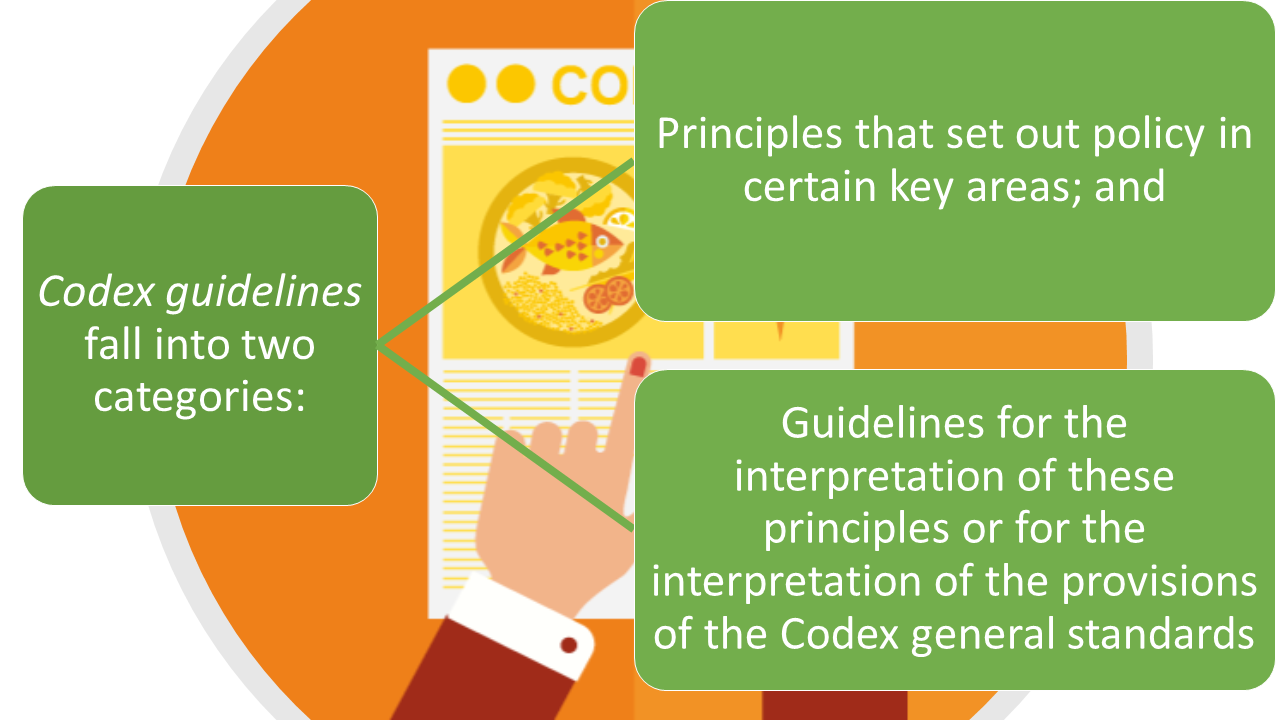
Many people including some quality professionals do not know what quality control vs. quality assurance is. Both these terms are often used interchangeably. However, both terms are different in meaning as well as purpose. Given below are the main points of quality control vs. quality assurance:
Approach
Quality guarantee or assurance is based on the process approach. Quality monitoring and its assurance ensure that the processes and systems are developed and adhered to in such a way that the deliverables are of good quality. This process is meant to produce defect-free goods or services which means being right the first time with no or minimum rework. Quality control is the product-based approach. It checks whether the deliverables satisfy the quality requirements as well as the specifications of the customers or not. Depending upon the results, suitable corrective action is taken by quality control personnel.
Sequence
One of the major points of quality control vs. quality assurance is that assurance of quality is done before starting a project whereas quality control begins once the product has been manufactured. During the assurance of quality or monitoring process, the requirements of the customers are defined. Based on those requirements, the processes and systems are established and documented. All this is done to ensure that the requirements of the customers are met stringently. After manufacturing the product, the quality control process begins.
Based on the customer requirements and standards developed during the quality guarantee process, the quality control personnel check whether the manufactured product meets all those requirements or not. So, assurance of quality is a proactive or preventive process to avoid defects whereas quality control is a corrective process to identify the defects in order to correct them.
Activities
Most activities fall under the purview of quality guarantee, or its assurance is performed by managers, customers, and third-party auditors. These activities include process documentation, establishing standards, developing checklists, conducting internal audits, conducting external audits, failure mode effect analysis and training. Engineers, inspectors, and supervisors on the shop floor perform quality control activities. Their activities include performing and receiving inspection, final inspection, in-process inspection etc.
Interdependence
Both, quality control and assurance of quality are largely interdependent. The quality guarantee department relies mostly on the feedback provided by the quality control department. For example, if there are recurrent problems with the quality of the products, then the quality control department provides feedback to the quality monitoring and assurance personnel that there is a problem in the processor system that is causing product quality problems.
Then the assurance of quality department determines the root cause of the problem and then brings changes to the process to ensure that there are no quality issues in future. Similarly, the quality control department follows the guidelines and standards established by an assurance of the quality department to check whether deliverables meet the quality requirements or not. Hence, both these departments are essential to maintain a good quality of the deliverables.
Although both quality control and quality guarantee are different processes, because of their strong interdependence, it becomes difficult to pinpoint the differences between the two. In fact, there is a very thin line that separates the two functions. Moreover, in some organizations, one department performs the functions of both. All this leads to confusion between quality control vs. quality assurance.
Codex Alimentarius
The Codex Alimentarius is a collection of standards, codes of practice, guidelines and other recommendations. Some of these texts are very general, and some are very specific. Some deal with detailed requirements related to a food or group of foods; others deal with the operation and management of production processes or the operation of government regulatory systems for food safety and consumer protection.
Click to access the Codex Alimentarius on the Internet
Codex standards usually relate to product characteristics and may deal with all government-regulated characteristics appropriate to the commodity, or only one characteristic.
Codex codes of practice - including codes of hygienic practice - define the production, processing, manufacturing, transport and storage practices for individual foods or groups of foods that are considered essential to ensure the safety and suitability of food for consumption.
